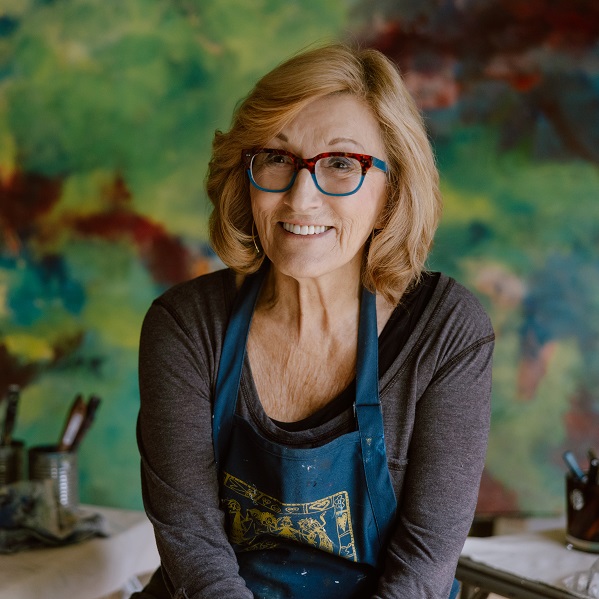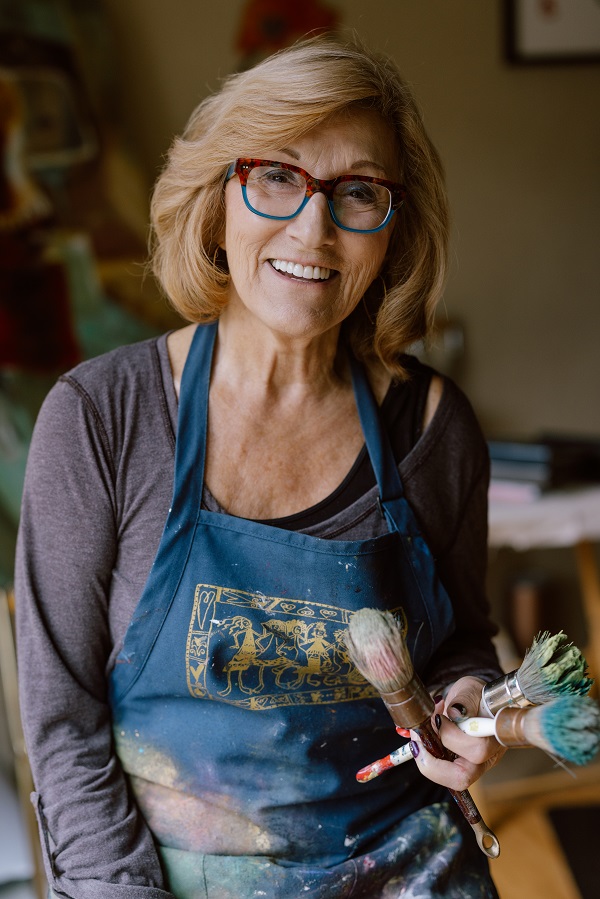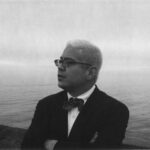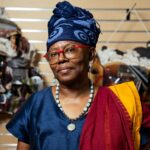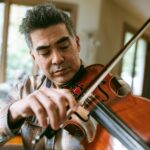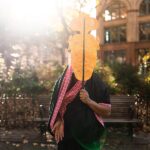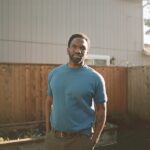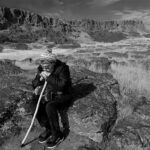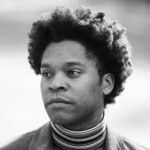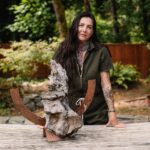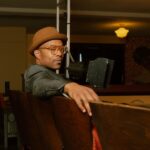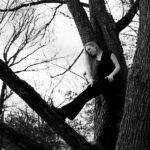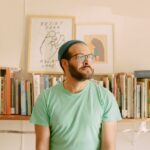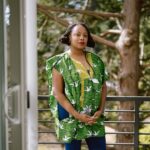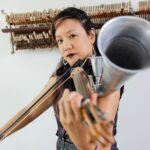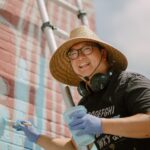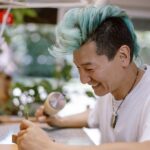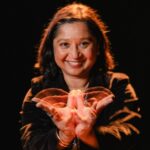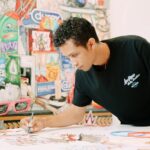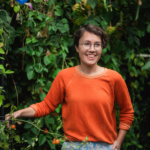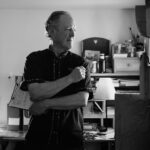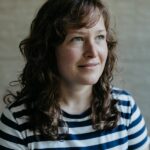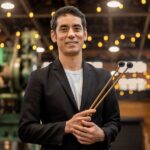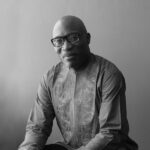Written by Anna Vodicka; Photographed by Katy Weaver
Patricia Reser is many things: a retired public schoolteacher; a mother of five; a grandmother and great-grandmother; a lifelong learner who, post-retirement, pursued a master’s degree in interdisciplinary arts. She is the widow of the late Al Reser, whose mother Mildred’s potato salad business grew into a billion-dollar, multi-generational family business. And in addition to being one of Oregon’s most visionary philanthropists and arts advocates, she is an artist in her own right, a painter who finds herself happily experimenting in her home studio—when she’s not running the Reser Family Foundation or collecting Lifetime Achievement awards.
Reser recalls being thrilled to be “just in the chorus,” and she still carries herself with the grace and humility of one who could contentedly blend into the background. But when you sit down with a matriarch-educator-artist-visionary, you want to listen and learn. When I asked Pat Reser about art, what it means to her, and why it matters, I wanted her voice to stand alone, uninterrupted—to edit myself out and assemble an oral history. To let her carry on, solo, for us to hear.
-Anna Vodicka
Pat Reser
Canada was my birthplace, my home for sixteen years.
I didn’t have a lot of experiences as a kid. We had homemade clothes, and our social experiences pretty much revolved around church, going to church, and the activities of church. But I learned to sing in four-part harmony and learned about giving…putting a part of my allowance in the collection plate each week.
We had some poor times. But to my parents, music was a value. We had an upright piano and a set of encyclopedias!
I took piano lessons. I learned to play.
As a ninth grader, I was invited to join the senior choir, so I was exposed to a different kind of music. We did operettas, and, oh! I just thrilled to the stage and the lights and singing with other people.
I was always just in the chorus, but it was enough to capture my imagination.
To put on this different persona and have the freedom to act out a role.
When Al and I were engaged, we spent a lot of time talking about what we hoped our family would be. We came from very different backgrounds. When Al’s family of six moved to Oregon, they moved into a migrant camp and had nothing except the car they drove in and a little trailer they pulled. We never had much, but my dad always provided for us. There was a stability.
Al and I came up with four wishes:
That we would raise our children in our faith.
That I would graduate college before we had children.
That I would go into education, not work in the little business Al’s mom had started (which ended up becoming Reser’s Fine Foods).
And that we would always give back to the communities in which we lived and worked.
We had no idea what that would look like.
It was just one of those seeds.
After Al passed away, in 2010, I held a family meeting.
We were feeling a little bit rudderless.
So I gathered everyone together, grandkids included—the youngest was seven years old—and I did my schoolteacher thing. I had flip charts, colored pens, and masking tape.
I said to each one, “What are your hopes and dreams for our family and for you yourself as a member of the family?” They started talking, and I wrote it all down.
Then I asked, “What do we have going for us? What are our strengths?”
And then I posed the question, “What are your fears and nightmares?”
I gave each of them thirteen little red adhesive dots and asked them to put five on the most important goals—the hopes and dreams—and five for the strengths and interests, and just three on the fears and nightmares.
What came out loud and clear in that exercise was: always wanting to give back to the communities in which we lived and worked; lifelong learning; and always caring about one another, no matter where life’s journeys took us.

